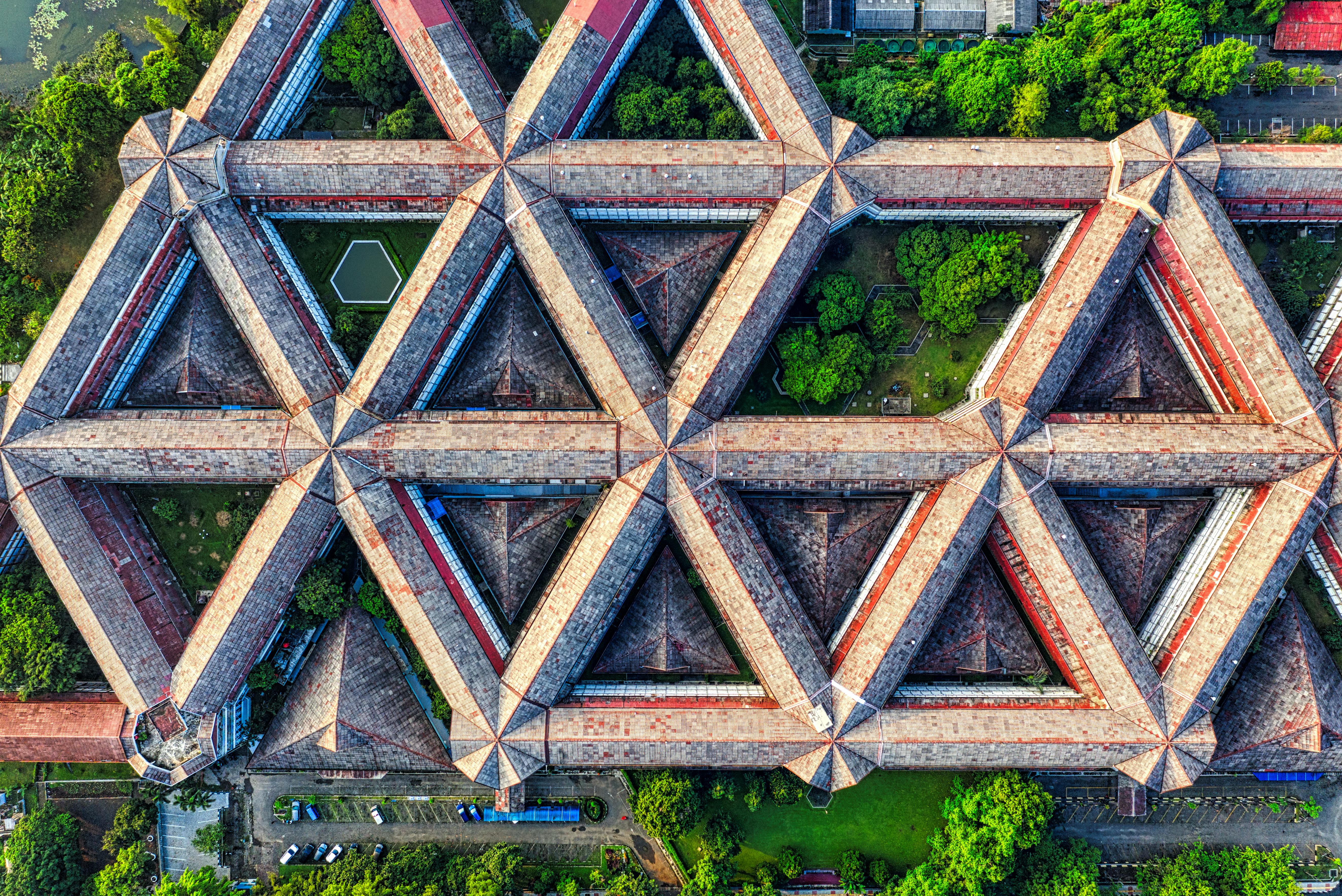Having previously explored the major opportunities for making data centers greener, by reducing the amount of energy they use and using renewable sources, it is worth taking a look at some of the latest solutions and innovations that data centers are using. operators are proposing to address the problems.
With many of the largest data center operators now global names like Google, Facebook and Amazon, it is vital to their business models and the perception of their brands that they can be seen as doing everything they can to reduce their environmental footprint. . Going green, as in most industries, is seen as more of a necessity than a bonus by consumers.
Perhaps the main driver of green innovation is the fact that the demand for data storage is growing so rapidly. It already represents around 0.3% of the world’s gas emissions but, with concepts such as cloud computing becoming more popular, the need for servers on which to store all this data (in the cloud) is increasing. . Without industry innovations, providers would really struggle to operate sustainably, while of course these companies do not lose sight of the fact that measures that reduce the energy consumed by data centers in particular will ultimately also They should reduce their overhead.
A sample of the latest innovations in green data center management:
cooling techniques
Arguably the biggest green challenge operators face is how to efficiently cool their data centers. Cooling using traditional refrigeration units or chillers is often the largest consumer of energy outside of core IT equipment and therefore often presents the greatest potential cost and environmental savings.
Operators are increasingly realizing the benefits of moving their data centers to naturally cool locations and making the most of environmental conditions. For example, Facebook is currently building its first one outside the US, in northern Sweden near the Arctic Circle, while Google already has a plant in Finland. Facebook predicts that its new Swedish center will be able to stay cool using outside air for eight months of the year.
However, even these strategically located data centers still need a cooling system when outside temperatures rise in the summer. One method is to pump recycled water throughout the center to dissipate heat, and Google, for example, has created cooling systems that take a sustainable local source of water (seawater in Finland and canal water in Belgium) and purify it at a sufficient level. to cool
renewable energy sources
It is inevitable that data centers will still need to consume significant amounts of power, even when the infrastructure is made as energy efficient as possible. The servers themselves still need a substantial power supply and many operators are moving towards using exclusively renewable sources. While some have formed partnerships with specialized renewable energy providers, other larger organizations are sourcing their own renewable energy directly. Apple is rumored to be building a dedicated solar farm next to its main North Carolina data center so the plant can become self-sufficient and sustainable, while Facebook’s aforementioned Swedish center has been located near a massive hydroelectric dam. that would more than cover his energy. needs.
energy recycling
While most data center operators are turning their attention to green and efficient ways to cool their buildings and servers, there have also been some interesting ideas about what to do with the heat itself. Studies involving Microsoft and the University of Virginia have sought to recycle that heat to heat neighboring buildings. So far, the practical application of this has only involved buildings on university campuses, but it is envisioned that time servers and mini-server farms could even be deployed in homes, most likely apartment buildings, once operators have found a potential security solution. affairs. By sharing facilities, operators and homebuilders may also find that they can reduce the costs and impacts of their initial builds.
smart infrastructure
Other operators, who are now beginning to look at the efficiencies of their actual construction techniques for further savings, see the use of prefabricated modular buildings as a way to not only reduce these initial costs, but also energy and material consumption in the process. process. Modular hubs also have the advantage of being flexible and easily scalable, thereby reducing the potential for wasted capacity, and with it, the likelihood of wasted energy.
It really is a case of ‘watch this space’ for future development; With data center demand no doubt continuing to rise, pressure from all sides will keep operators interested in green innovations to ensure services like dedicated hosting and cloud computing are sustainable.
